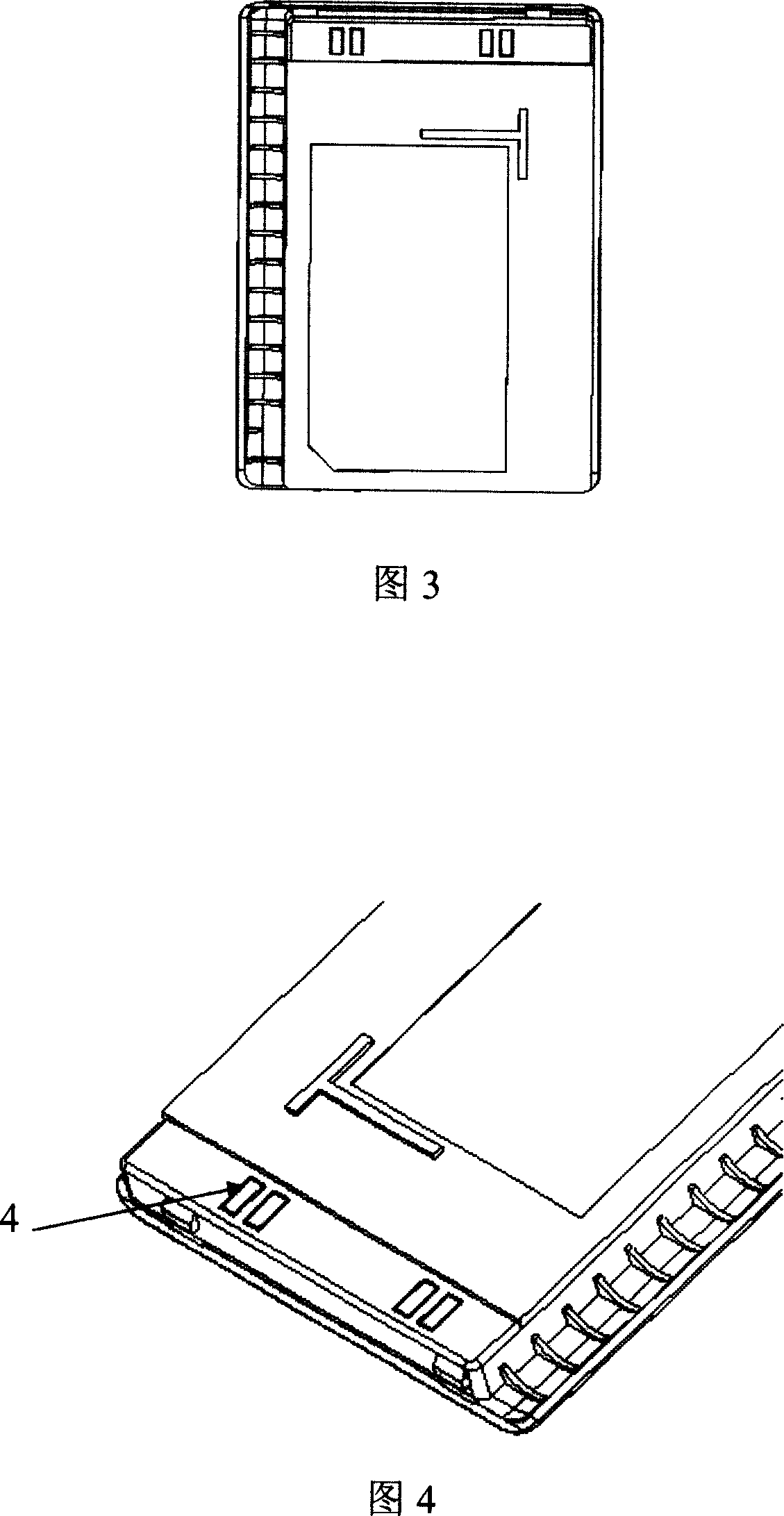Lithium ion battery and its making method
A lithium-ion battery and battery technology, applied in the manufacture of electrolyte batteries, secondary batteries, battery pack components, etc., can solve the problems of poor safety performance and low qualification rate, and achieve the effect of avoiding short circuits and high safety.
- Summary
- Abstract
- Description
- Claims
- Application Information
AI Technical Summary
Problems solved by technology
Method used
Image
Examples
preparation example Construction
[0029] The preparation method of the positive electrode can adopt conventional preparation methods. For example, the positive electrode can be obtained by mixing the positive electrode active material, conductive agent and binder with a solvent, coating and / or filling on the current collector, drying, and calendering or not. Wherein, the solvent can be selected from N-methylpyrrolidone (NMP), dimethylformamide (DMF), diethylformamide (DEF), dimethylsulfoxide (DMSO), tetrahydrofuran (THF) and water and one or more of alcohols. The amount of the solvent can make the paste have viscosity and fluidity, and can be coated on the current collector. Generally, based on the weight of the positive electrode active material, the content of the solvent is 30-80% by weight, preferably 35-60% by weight. Wherein, the methods and conditions of drying and calendering are well known to those skilled in the art.
[0030]The separator is arranged between the positive electrode and the negative...
Embodiment 1
[0045] This example illustrates the preparation of lithium ion batteries provided by the present invention.
[0046] (1) Preparation of positive electrode
[0047] 100 g of the positive active ingredient LiCoO 2 2. 2 grams of binder polyvinylidene fluoride (PVDF) and 3.2 grams of conductive agent acetylene black were added to 40 grams of water, and then stirred in a vacuum mixer to form a uniform positive electrode slurry.
[0048] The slurry was evenly coated on an aluminum foil, then dried at 150°C, rolled, and cut to obtain a positive electrode with a size of 540×43.5 mm, which contained 5.8 grams of active ingredient LiCoO 2 .
[0049] (2) Preparation of negative electrode
[0050] 100 grams of negative active ingredient natural graphite, 1 gram of binder polytetrafluoroethylene (PTFE), and 4 grams of conductive agent carbon black were added to 120 grams of water, and then stirred in a vacuum mixer to form a uniform negative electrode slurry.
[0051] The slurry was un...
Embodiment 2
[0058] This example illustrates the preparation of lithium ion batteries provided by the present invention.
[0059] (1) Preparation of positive electrode
[0060] 100 g of the positive active ingredient LiCoO 2 2. 2 grams of binder polyvinylidene fluoride (PVDF) and 3.2 grams of conductive agent acetylene black were added to 40 grams of water, and then stirred in a vacuum mixer to form a uniform positive electrode slurry.
[0061] The slurry was evenly coated on aluminum foil, then dried at 150°C, rolled, and cut to obtain a positive electrode with a size of 540×43.5 mm, which contained 5.8 grams of active ingredient LiCoO 2 .
[0062] (2) Preparation of negative electrode
[0063] 100 grams of negative active ingredient natural graphite, 1 gram of binder polytetrafluoroethylene (PTFE), and 4 grams of conductive agent carbon black were added to 120 grams of water, and then stirred in a vacuum mixer to form a uniform negative electrode slurry.
[0064] The slurry was unifo...
PUM
| Property | Measurement | Unit |
|---|---|---|
| thickness | aaaaa | aaaaa |
| thickness | aaaaa | aaaaa |
Abstract
Description
Claims
Application Information
 Login to View More
Login to View More - R&D
- Intellectual Property
- Life Sciences
- Materials
- Tech Scout
- Unparalleled Data Quality
- Higher Quality Content
- 60% Fewer Hallucinations
Browse by: Latest US Patents, China's latest patents, Technical Efficacy Thesaurus, Application Domain, Technology Topic, Popular Technical Reports.
© 2025 PatSnap. All rights reserved.Legal|Privacy policy|Modern Slavery Act Transparency Statement|Sitemap|About US| Contact US: help@patsnap.com



